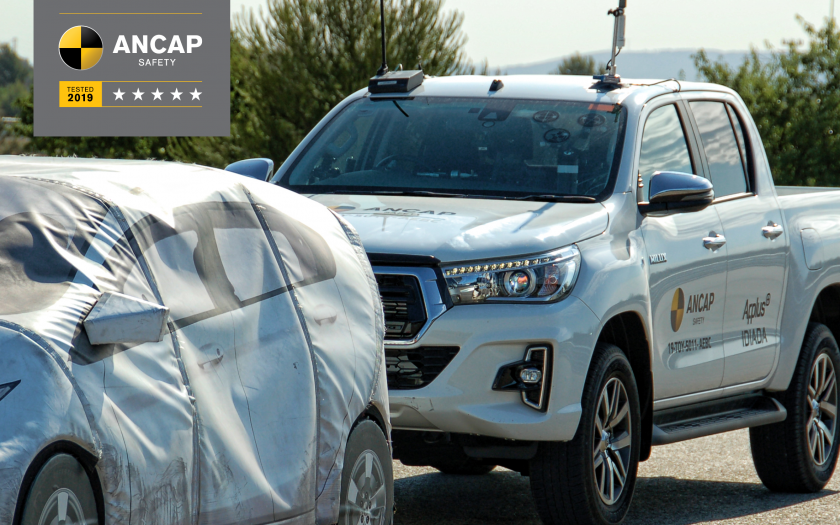WE’VE WARNED ABOUT THIS worrying trend before at seniordriveraus and our concerns have been repeated by respected defensive driving instructor Ian Luff in a recent story on the ABC.
As we all know, the prevalence of driver aids is increasing all the time, even into lower priced cars. Cameras and sensors are in place to alert you if you are drifting out of your lane (and bring you back into it, in many cases) or gaining on a car ahead with too much speed (and, again, apply the brakes if necessary). Adaptive cruise control and lane keep assist technology make it possible to drive for many kilometres on a freeway with little or no input from the driver (although Australian rules require that the driver keep his/her hands on the wheel, and there’s usually a warning if the hands are off the wheel for ten seconds or more).
Ian Luff is a skilled defensive driving instructor with 38 years’ experience, a long term friend and an all-round good bloke. I remember when ABS was being introduced, he demonstrated just how much more effective it was at stopping a car than was the driver (although he also pointed out that early versions didn’t apply the brakes if the car was travelling in reverse because the sensors couldn’t detect it).
Luffy is increasingly concerned that technology is breeding a generation of complacent drivers. “Things have become sanitised and manufacturers have done a great job, but people still need to be aware of what the risks are of driving in today’s busy environment.”
That’s a sentiment that was also stated often by John Cadogan, another proponent of driver training and education. John used to argue that people simply weren’t aware of how dangerous a pastime driving is. He commented that people thought it was second nature and unthreatening because they’d been driving for years and were still alive.
Ian Luff also commented on the reluctance of Australian drivers to revisit driver training once they had passed their basic P-plate test. “It’s a mindset with people,” he said, “They believe they don’t need a driving program because they’ve done the hill start, reverse park and three point turn to get their licence.
We’ve said much the same thing: one of the real issues with driving training in Australia is that when a driver encounters a dangerous situation, it’s often the first time they’ve ever faced it. For example, dropping a wheel off the bitumen into the gravel that lines our roads shouldn’t be a problem, but many drivers panic, over-react, haul on the steering wheel and crash head-on into oncoming traffic. A simple occurrence which shouldn’t have had any consequences becomes a fatal road “accident”.
“Technology has changed so much from what people learnt on,” adds Luffy, “and herein lies the problem – it’s ignorance and a little bit of arrogance of people.” We’d add that it’s also overconfidence and inability to assess risk.
Motor vehicle crashes causing personal injury or vehicle damage, quite apart from the personal and emotional trauma inflicted, cost Australia $27b a year.
Luffy pointed out that 30 percent of car crashes are people running into the rear of another car. “This proves that 30 percent of people are tailgaters,” he concludes. “Most people have no idea of how long it physically takes, in meterage, to stop a car under any conditions,” he said. And he would know, having seen driver behaviour at first hand in his training courses around Australia.
